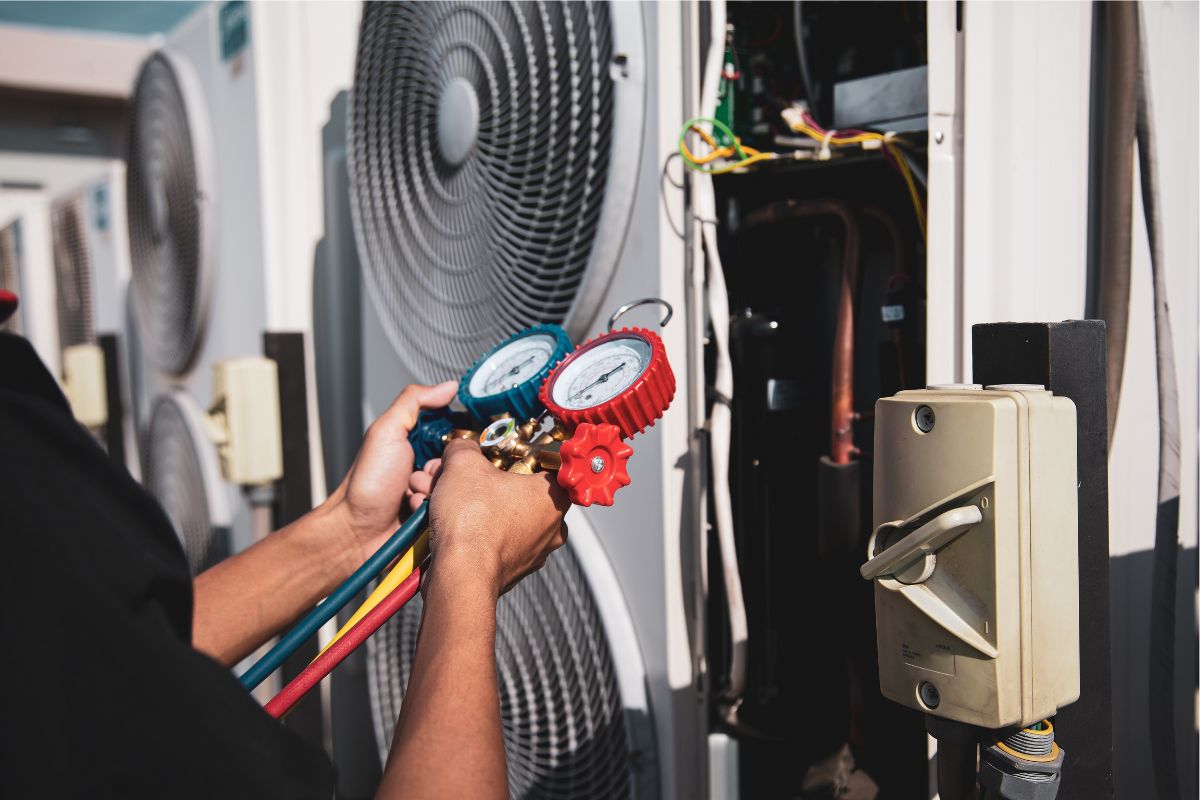The NY State Department of State has issued the following: “Floodwaters are not just water; the water may also be contaminated with chemicals, sewage, oil and other debris. When the floodwater is salt water, its corrosive effects are particularly damaging. Any or all of those can affect the integrity and performance of electrical systems and equipment, either immediately or eventually. In many cases, it is ultimately safer, less expensive and less time-consuming to replace the equipment.”
The Air Conditioning, Heating and Refrigeration Institute (AHRI) states: “Replace, Don’t Repair. Flood-damaged heating and cooling equipment and systems should be replaced and not repaired, according to AHRI. All inspection and replacement work on flooded equipment should be performed by qualified heating and cooling contractors, not by homeowners. You can turn misfortune into opportunity by considering new, energy-efficient models that will lower your future energy bills. Also ask your local utility about available rebates for new energy-efficient gas or propane furnaces.”
The following web sites detail the need to replace flooded equipment as a reference for homeowners and adjusters:
- https://www.ahrinet.org/floods+and+hvacr+equipment.aspx
- https://www.weil-mclain.com/en/weil-mclain/resources/homeowner/library/articles/servicing-flooded-boilers/
- https://emersonclimateconversations.com/2012/11/29/cleaning-up-after-hurricane-sandy/
- https://safeharborinspections.com/hurricane-sandy-what-has-to-be-replaced-when-damaged-by-salt-water.html
It isn’t just the question of corrosion and potential fire hazard that is a problem. Flood waters have also been contaminated with chemicals, oil, gas and other VOCs that are found on the street and in the ground, homes and other commercial spaces. Any ductwork or equipment that has been contaminated with flood water is subject to future corrosion and airflow through it can spread mold spores, chemicals and volatile organic compounds throughout the home, especially if insulation has been soaked. Also, most manufacturers will no longer cover warranty on equipment that has been in contact with flood water (see Weil McLain link). Replacing ductwork that has been in contact with flood water is the best course of action. Cleaning and sanitizing a few fittings in many instances is just as costly.
For those who must rebuild and replace equipment, there are several additional items to consider. Many times it is not just imperative to replace the equipment and electrical components, but other system components as well. All metal alloys have the potential for corrosion and pitting over time once exposed to salt and other corrosive compounds. Although copper refrigerant lines may not require immediate replacement, it has been the experience after previous floods that they may pit and form pin hole leaks a few years hence. The is especially the case with suction lines that are typically insulated with armaflex insulation that will soak up and trap moisture and saltwater and potentially eat at braised and solder joints. Another concern during the rebuilding process is that most homeowners and commercial spaces will be built to newer efficiency codes and standards and have an updated envelope that will affect equipment sizing. It is best to run new cooling load and heat loss calculations based upon the insulation factor of the newly rebuilt structure as opposed to just replacing what existed with the same capacity. In this way, you can avoid system short cycling and inefficient operation.
For these reasons, our recommendations to all flood victims, their insurers and mortgage holders is to replace any equipment that has been fully or partially submerged, whether or not it is or can be made operational. In this way, it will reduce liability for all and protect the subject property from further claim if and when the equipment fails or causes hazard in the future.
As always, to keep up to date with what’s new in HVAC technology, visit our website at airideal.com and follow us on Twitter @airideal and at our Facebook page!



